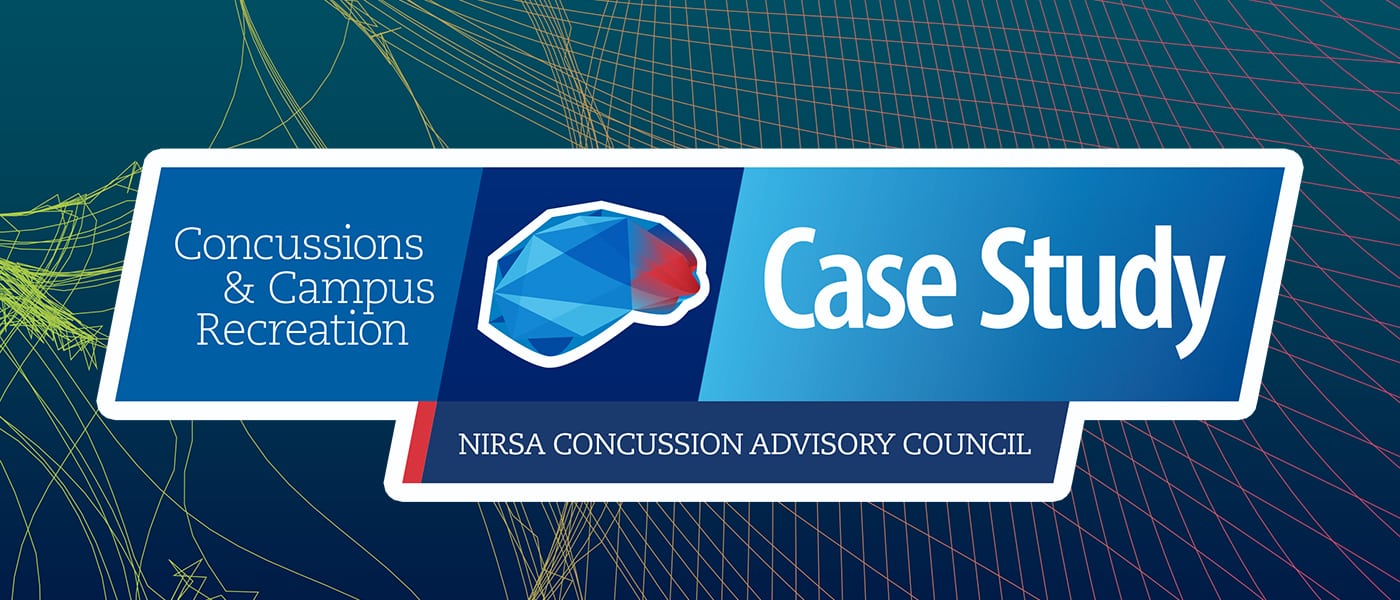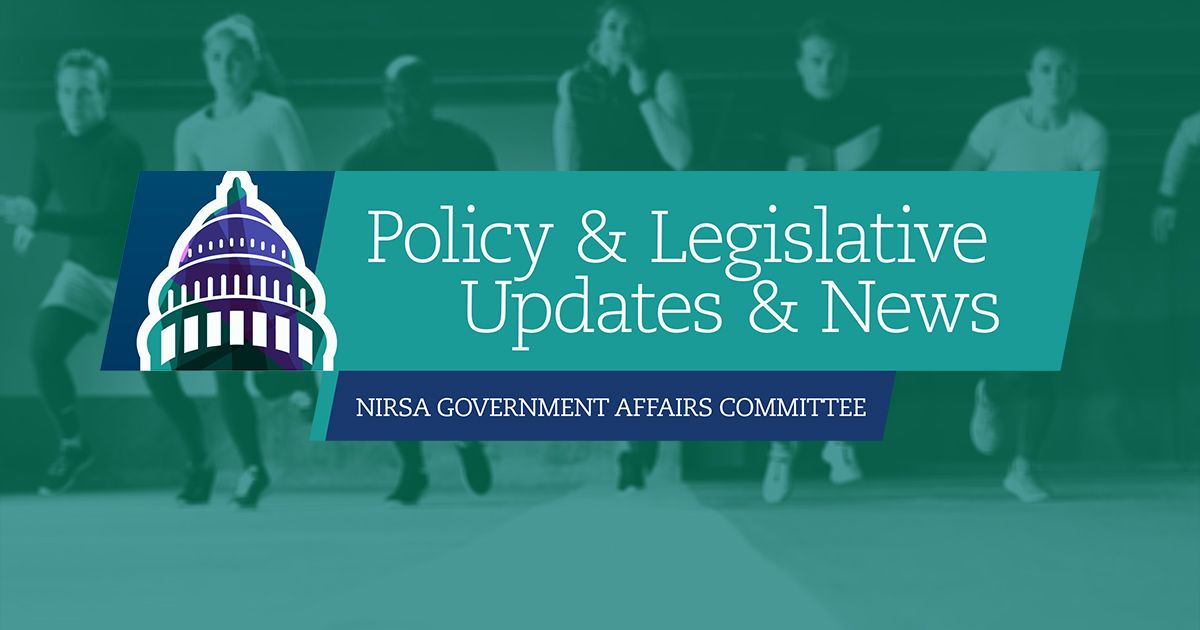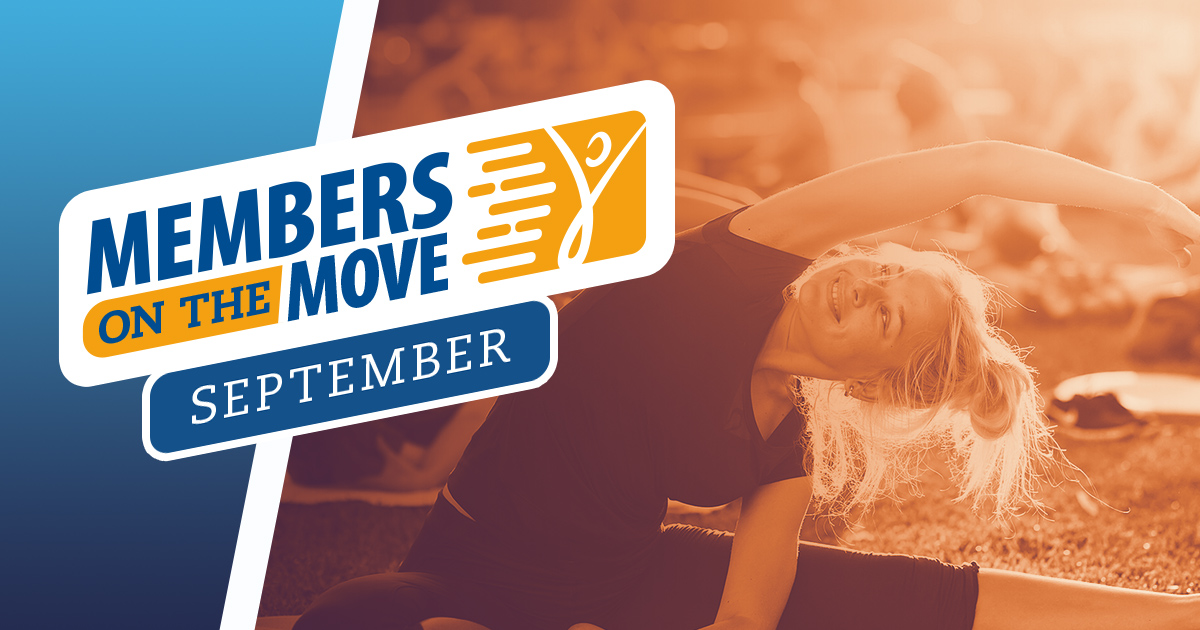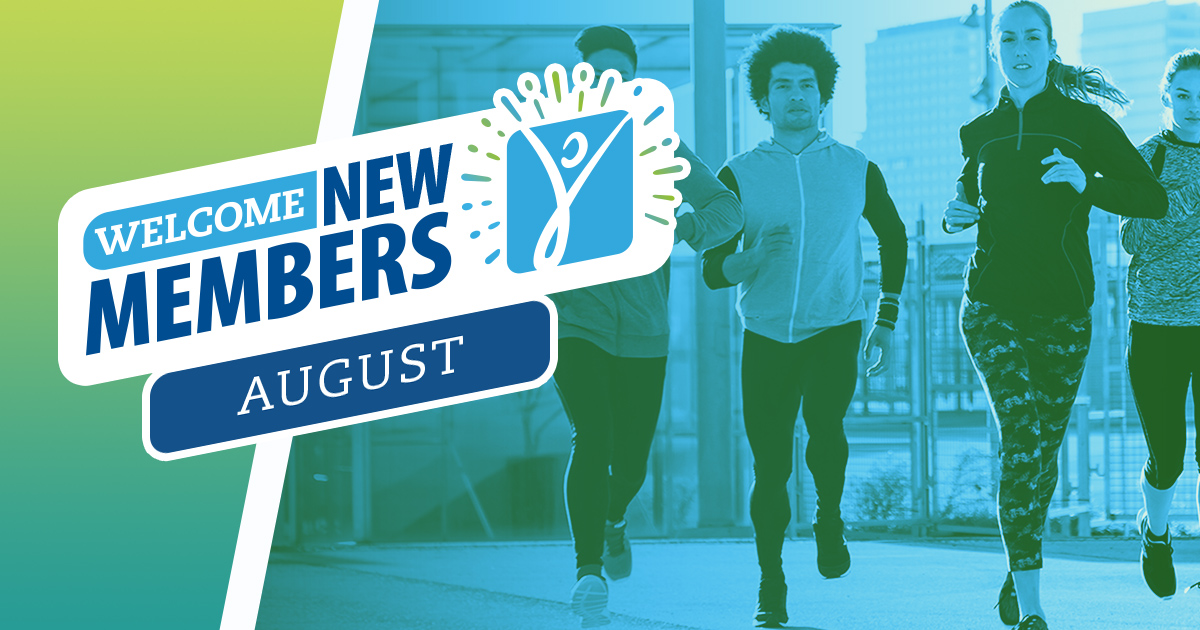The NIRSA Concussion Advisory Council has been working to develop a series of concussion-focused resources, including case studies to give our campus recreation colleagues from across North America some insight into various approaches to implementing concussion protocols.
The University of California, Davis is pleased to share this entry in the series.
Background
The University of California, Davis is one of the ten University of California System schools on the west coast of the United States. World University Rankings and the Princeton Review rank UC Davis as the #1 school in the world for veterinary medicine and #1 nationally in agriculture.
Approximately 40,000 students and around 22,000 bicycles are on campus any given day. The rec sports and sport clubs programs are combined under the umbrella competitive sports, sharing both staff and resources. The rec sports program averages over 10,000 unique participants annually and the sport club program currently oversees 39 clubs with over 1,800 unique participants. Developing and strengthening concussion protocols has been and continues to be an ongoing effort for our campus.
With high levels of participation in sport clubs—including in 21 high-impact sport clubs—the absence of an athletic training program was a barrier to our ability to accommodate our student athletes. When participants were injured, student staff who are CPR, 1st Aid, AED, and Concussion Certified pulled the player from participation. If they showed concussion signs or symptoms, the player was checked out by a doctor; however, we didn’t have a return-to-play procedure in place.
In 2015, Concussions were set as the #1 priority of UCOP (UC Risk Management); senior administration leadership recognized this was an area in desperate need of attention. Students weren’t getting the care needed for a safe return and something needed to change.
Reviews were conducted and recommendations made, but needless to say our campus recreation department didn’t have an additional $100,000 lying around in the budget to pay for a certified athletic trainer, associated benefits, and equipment. In response to discussions at the UC Risk Summit held in June of 2016, the ten UC campuses worked together to propose a minimum standard regarding our concussion protocols.
At UC Davis, we put together a plan to hire an athletic trainer to oversee the primary areas of concern in our program, focusing on baseline testing, concussion training, and return to play. This proposal was supported by UCOP, who agreed to fund a two-year pilot program for an athletic trainer salary and equipment for each school. At the time, only four of the UC System schools were already employing a full-time athletic trainer for their recreational and sport club programs.
Partnerships
When looking at the topic of concussions in campus recreation, there are many areas of concern to address. At UC Davis, we chose to focus on five areas: baseline testing; athletic trainer coverage at practices; athletic trainer coverage at home games of high-risk sports; rehabilitation services and hours; and, most importantly, creating a return to play protocol for student athletes that covered concussions specifically among other sport-related injuries.
After hiring a dedicated athletic trainer specifically for campus recreation sport clubs, we wanted to partner with other athletic trainers already working on the campus. Our first outreach was to the ICA (Intercollegiate Athletics) Director of Sport Medicine, Tina Tubbs MS, ATC. Since there was already a sports medicine staff within the ICA Department, we were able to leverage previously-approved forms, waivers, acknowledgments, etc.
The athletic trainers from these two different departments have since created a collaborative and intra-professional relationship to provide the best care for our sport club student athletes. Athletics has been an amazing partner from the hiring process, to troubleshooting problems, to student health center connections.
Highlights
A few highlights from our efforts include our education training and documentation.
Education and follow up
A UC Concussion training video was created for all UC schools to utilize for concussion recognition and response education. All UC directors and sport club coordinators were given the opportunity to provide feedback for each slide, which included pictures of sport club athletes throughout the training. This training is assigned to each safety officer and our student staff members through the university online training center. We are able to track progress and view completion rates to ensure proper compliance.
Documentation
If a student suffers a head injury during practice or play, we would like to hope they would seek the attention of a medical professional. Often times, however, this was not the case. Our operating procedures were updated to ensure that UC Davis Campus Recreation now has proper electronic health record documentation and has standing blocked appointments at the student health center specifically for any sport club athlete who sustains a possible concussion.
Our athletic trainer created a line of communication to ensure the student would be seen for their return to play protocol before being allowed back to practice.
Some of our proudest highlights came from our end of year survey from our student officers:

The written feedback is even more promising:
“Shannan is the athletic trainer I’ve been seeing and she has been helping me tremendously with my recovery and strength exercises for injury prevention. She answers all my questions and helps me understand how to treat and prevent further injuries. The AT is a very beneficial service for athletes.”
“Our team very much appreciates the athletic trainer! She keeps our team going. We never knew how much we really needed her until we had her!”
“Shannan was an integral part of my ACL recovery and the prevention and treatment of various injuries for all my teammates. One of the lasting impacts she’s had already is our new concussion protocol, which as a captain, am very grateful so I know what’s best for my athletes.
Shannan was INCREDIBLY helpful and supportive. She explained to me what was going on and gave me numerous exercises to do to speed up my recovery. Sports Club is lucky to have an athletic trainer as dedicated as Shannan; she shows up to almost every practice, checking on our injured players and giving tips on injury prevention.”
Lessons learned
The biggest challenge our program faced to updating our concussion protocols, besides having only one athletic trainer to serve over 1,000 high-impact student athletes, has been timing. Having received approval and funding from UCOP during the summer, we were not able to hire somebody and get them working on campus until November. This led to playing catch up throughout the entire school year and implementing procedures months into a school year.
From the experience though, we made two major changes that helped streamline the process in following cycles.
- We set up mass baseline concussion testing days before school started. All high-impact athletes who need to be baseline tested could get their testing done by multiple trained staff before classes and practices started.
- When students sign up online for their sport club, they are sent an email receipt of their payment along with a list of instructions of things they needed to complete before they are eligible to start practicing or play in games. The email includes instructions for first-time sport club athletes, high-impact athletes, and returning athletes to complete their concussion baseline test, online concussion training, and sign up for their athletic training services account (ATS). This communication was implemented to get information directly emailed to the student athlete to ensure proper compliance.
Future plans
After having a dedicated athletic trainer as part of our sport club program for a year now, we can’t go back. Our department is grateful to UCOP for making this a priority and funding this position for the first two years; but if future funds aren’t available through UCOP, our department will need to come up with the funding to continue supporting this position.
Sport clubs are continuing to grow in popularity and as we learn more information about concussions, we need to keep our athletes as safe as possible. We have recently started processes to address the lack of funding for this position. By working with the Sport Club Advisory Board, they can help direct the conversation about using allocation money, increasing administrative fees, or finding different avenues to keep the athletic trainer position for their teams.
- For more information, contact NIRSA Headquarters.
- If you are interested in highlighting your campus or a NIRSA member’s achievements on your campus, pitch us your ideas.
Michael Dominguez is currently the Sport Club Coordinator at the University of California, Davis; he can be reached at mddominguez@ucdavis.edu. Shannan Rowe, DAT, ATC, is currently an Athletic Trainer at the University of California, Davis; she can be reached at slrowe@ucdavis.edu.







